0
Need help?
Customer satisfaction is our priority. Whether you have questions about our sustainable containment solutions, need help with an order, or require assistance finding the right product for your needs, we’re here to help.
Customer satisfaction is our priority. Whether you have questions about our sustainable containment solutions, need help with an order, or require assistance finding the right product for your needs, we’re here to help.
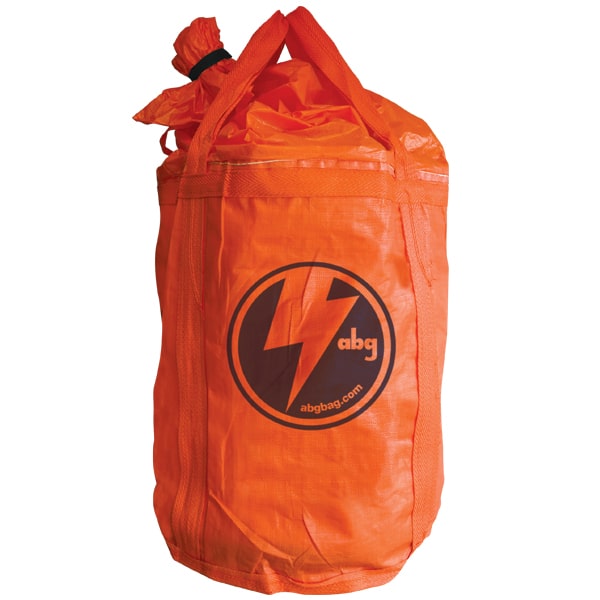
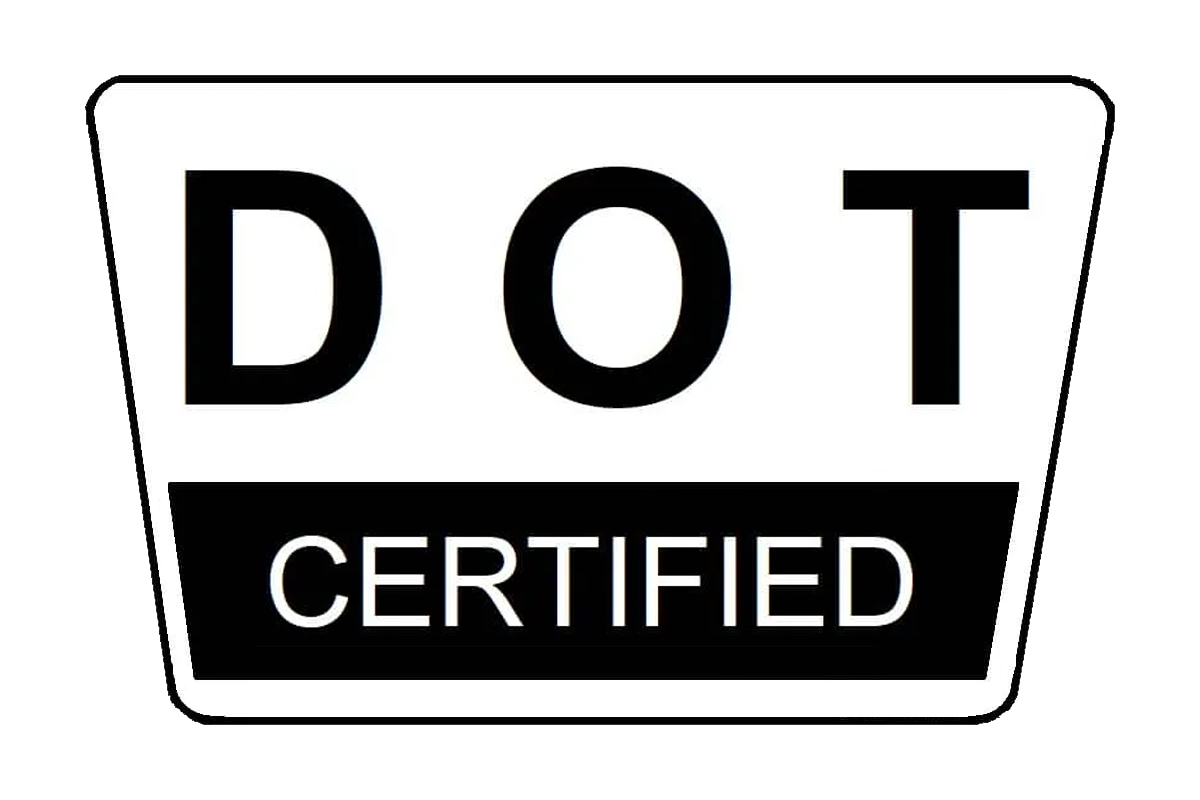
At the center of this responsibility are DOT-approved containment bags, designed to support safe, legal, and effective movement of transformers from the field to storage, recycling, or disposal facilities.
Whether you’re dealing with aging infrastructure, emergency spill response, or large-scale utility upgrades, ensuring your transformer containment solution meets Department of Transportation (DOT) guidelines is not optional—it’s essential.
In this guide, we’ll walk through what it means for a bag to be DOT approved, explain the relevant transportation regulations, and provide best practices for transformer handling and movement. Throughout, we’ll highlight the role of transformer containment bags, including specialized solutions like PCB transformer containment bags, pole mount transformer containment bags, and transformer oil containment bags for field use and transit.
When transporting transformers that contain or are contaminated by hazardous materials—such as dielectric fluid, petroleum-based oils, or PCBs—regulatory compliance becomes an operational necessity. The U.S. Department of Transportation (DOT) has established strict guidelines under the Code of Federal Regulations (49 CFR) to ensure hazardous materials are handled, packaged, and transported in a manner that protects people, property, and the environment.
In the context of transformer logistics, a DOT approved containment bag is a purpose-built solution designed to meet or exceed these standards. These transformer containment bags are tested for strength, chemical resistance, leak prevention, and structural integrity to ensure that they are suitable for over-the-road, rail, or marine transport.
A containment bag that carries the DOT-approved designation is not simply heavy-duty—it’s engineered with specific attributes that make it safe and compliant for hazardous material containment and movement. These features typically include:
A compliant transformer oil containment bag must be able to maintain its seal and structure under real-world conditions, including vibration, sudden stops, and changes in orientation during loading or transit. Bags are tested for their ability to prevent leaks even under stress, ensuring no oil or contaminant escapes into the environment.
Field conditions are not always ideal. Transformers are often lifted by cranes, moved across uneven terrain, or jostled during transfer between transport stages. A DOT approved containment bag must withstand punctures, abrasions, and other forms of mechanical stress that could compromise less robust solutions.
These bags are constructed with materials resistant to degradation from oil, transformer fluid, and PCBs. This includes multilayer liners, outer coatings, and seam reinforcements. Without this resistance, even a small leak could result in bag failure, rendering it non-compliant and unsafe.
Proper hazardous materials labeling is a DOT requirement. Bags must include surfaces or label-attachment options that support placards, UN numbers, barcodes, and emergency handling instructions. This feature ensures clear identification and documentation of the cargo throughout its journey.
All DOT-approved transformer containment products must conform to Title 49 of the Code of Federal Regulations. These standards include packaging durability (Part 173), general packaging requirements (Part 178), and labeling (Part 172). DOT-approved bags are often tested for stacking, drop impact, internal pressure, and vibration to simulate actual shipping conditions.
These features allow safe and secure handling when moving heavy equipment and ensure compliance with OSHA and DOT handling guidelines.
When transporting transformers—especially older models with oil residues or PCB content—DOT approval isn’t just a box to check. It directly affects safety, liability, and compliance with federal and state laws.
Even after draining, transformers can retain small amounts of dielectric or insulating oil, which is often regulated as hazardous waste by both DOT and the Environmental Protection Agency (EPA). If a bag leaks or breaks open, the cleanup and reporting requirements become significant—and costly.
If a transformer spills during transport due to faulty or non-compliant containment, the liability typically falls on the carrier or utility responsible for the shipment. This can lead to regulatory fines, EPA investigations, or civil penalties, especially if environmental damage occurs.
Transport providers, transfer stations, and disposal facilities may refuse to accept shipments that are improperly packaged. Using containment bags without DOT certification can cause delays, rerouting, or even rejected loads—interrupting schedules and increasing costs.
Using DOT approved containment bags ensures that your organization is protected legally and environmentally. It demonstrates due diligence and regulatory awareness, especially during audits or after incidents.
Whether you’re managing a utility fleet, contracting for hazardous waste transport, or preparing for a field operation, using the right transformer containment bag is a critical component of a safe, lawful, and effective process.
DOT approval for transformer containment bags is more than a certification—it’s a guarantee that your transport procedures will hold up to scrutiny, stress, and environmental responsibility. For more guidance, visit our Essential Guide to Transformer Containment and Transport Bags.
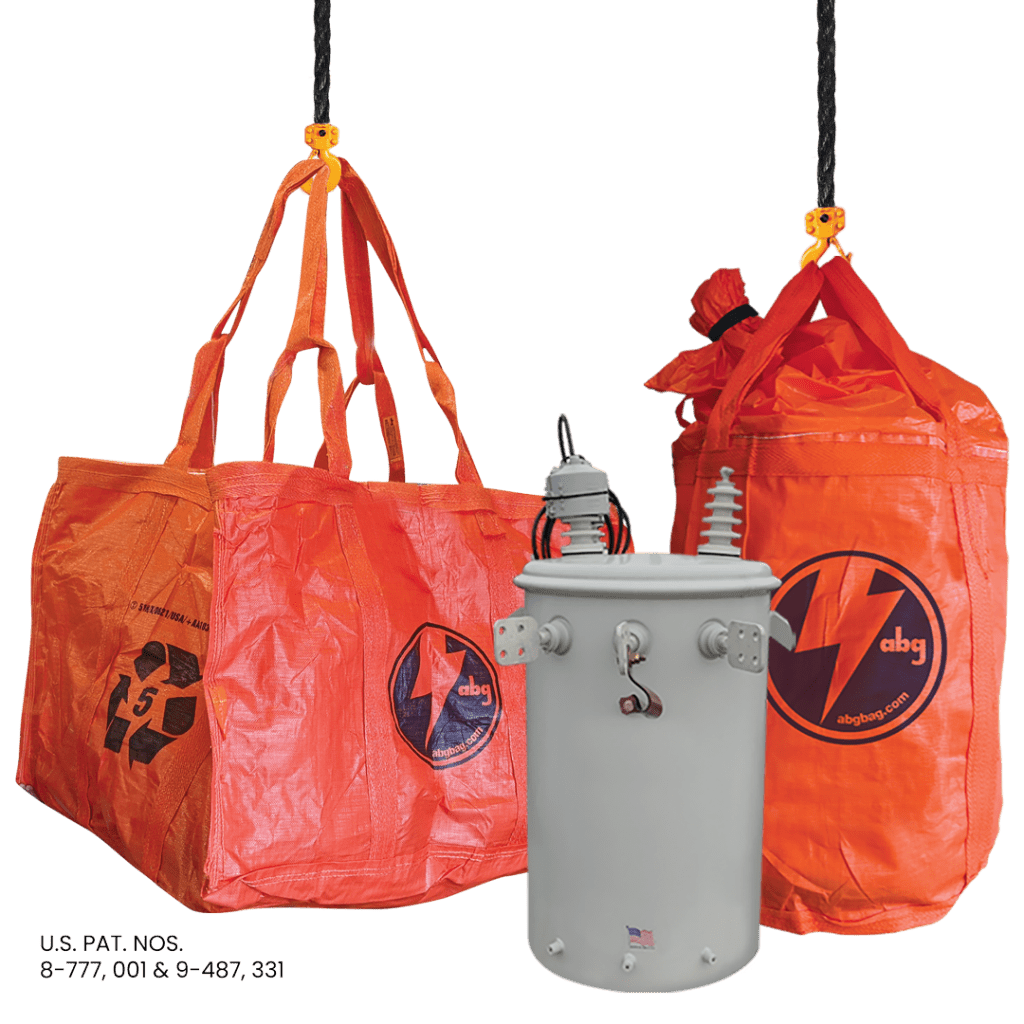

Transporting transformers, especially those containing hazardous fluids like PCBs or petroleum-based oils, falls under the jurisdiction of the U.S. DOT’s Pipeline and Hazardous Materials Safety Administration (PHMSA). Here are the key regulations that guide compliant transformer transport:
The bag used to transport a transformer must be:
DOT approved containment bags must have appropriate labeling that may include:
The surface of the bag must allow secure label attachment that remains legible and intact throughout transport.
Each shipment must include a manifest that details:
Failure to document or label properly can result in penalties or denial of shipment.
DOT also regulates how the transformer and bag are secured on a transport vehicle:
If you're moving a transformer from a remote field location to a highway truck, ensure that the transformer containment bag can handle both environments.
Field transport presents unique challenges. Uneven terrain, inclement weather, and limited lifting equipment all contribute to the complexity of moving a compromised or decommissioned transformer. To maintain safety, compliance, and environmental protection, follow these key best practices:
Before moving any transformer, assess its condition. Look for signs of oil leakage, corrosion, or compromised structural integrity. Based on this assessment, select an appropriate transformer containment bag.
If PCBs are suspected, use a PCB transformer containment bag with reinforced seams, chemical resistance, and encapsulation design to prevent cross-contamination.
The type and size of your transformer determine the best containment solution:
Ensure the bag is properly rated for the transformer’s weight and compatible with the lifting equipment used on-site or in the field.
Before the unit is loaded for transport:
Proper prep not only supports DOT compliance but also minimizes the chance of a spill during loading or unloading.
Only trained personnel should handle hazardous transformer transport. Use certified slings, cranes, or forklifts to move the unit safely. Avoid dragging or rolling the bag, which could damage the containment integrity.
Ensure the vehicle used for transport is suitable for the weight, size, and hazard level of the transformer. If using third-party transport services, verify that they understand and meet DOT standards for the materials carried.
If possible, monitor the condition of the load during long-distance hauls. Signs of leakage, shifting, or damage should be addressed immediately. This may include stopping transport to re-secure the load or replace the containment bag before reaching the destination.
Each transformer type requires a different containment approach. Below are key recommendations for the most common transformer configurations:
These compact units are typically found in residential areas. Pole mount transformer containment bags are ideal for quick field response after storm damage or pole collapse. They are easy to deploy, transportable, and suitable for emergency containment and recovery.
Larger and more complex, these transformers require heavy-duty transformer oil containment bags that support both weight and fluid control. Use bags with reinforced bottoms and secure closures for proper sealing.
Because of their toxic chemical content, PCB transformers require the most stringent containment. A PCB transformer containment bag provides total encapsulation, is compatible with regulatory labeling, and ensures you remain compliant during hazardous material transport and storage.
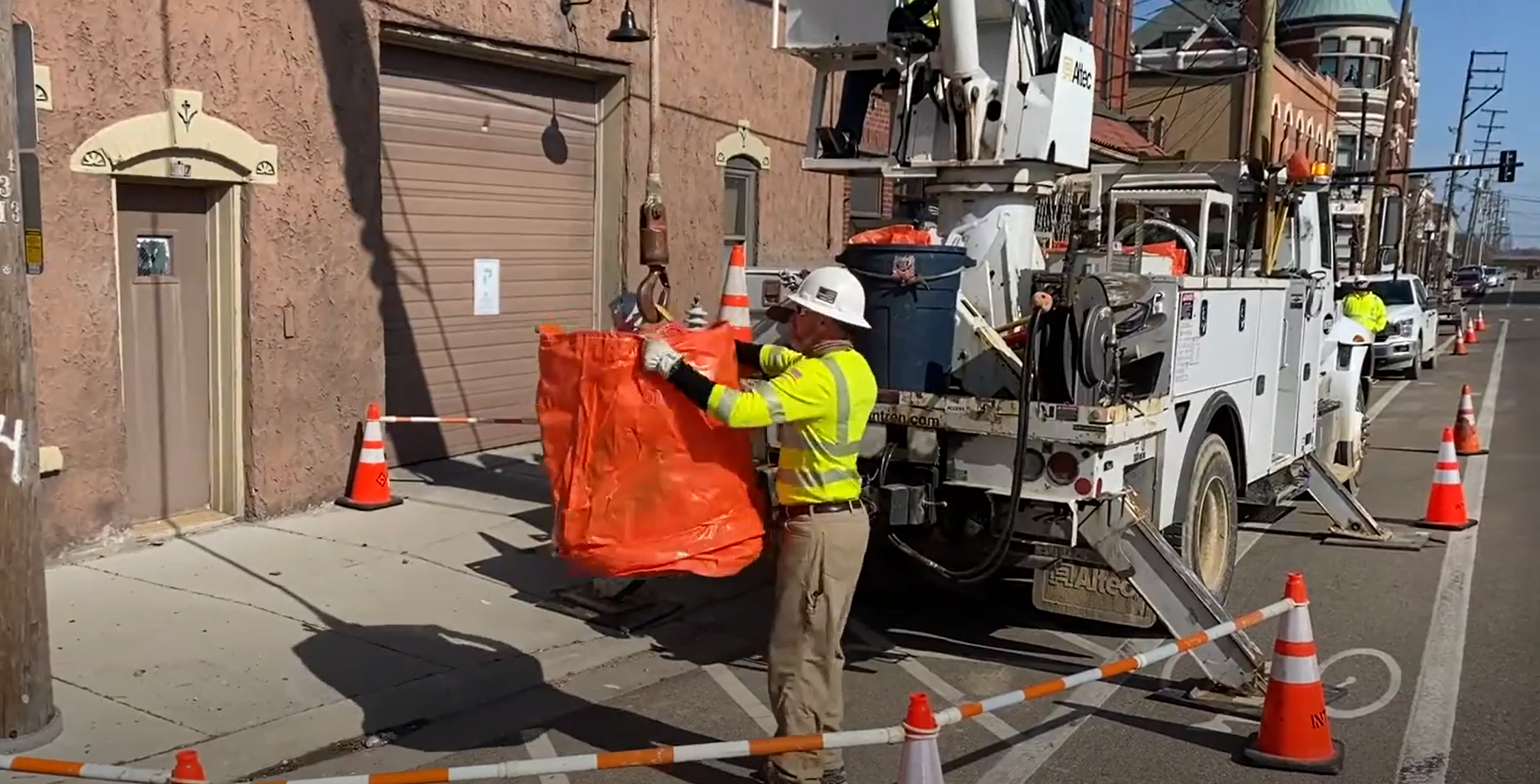
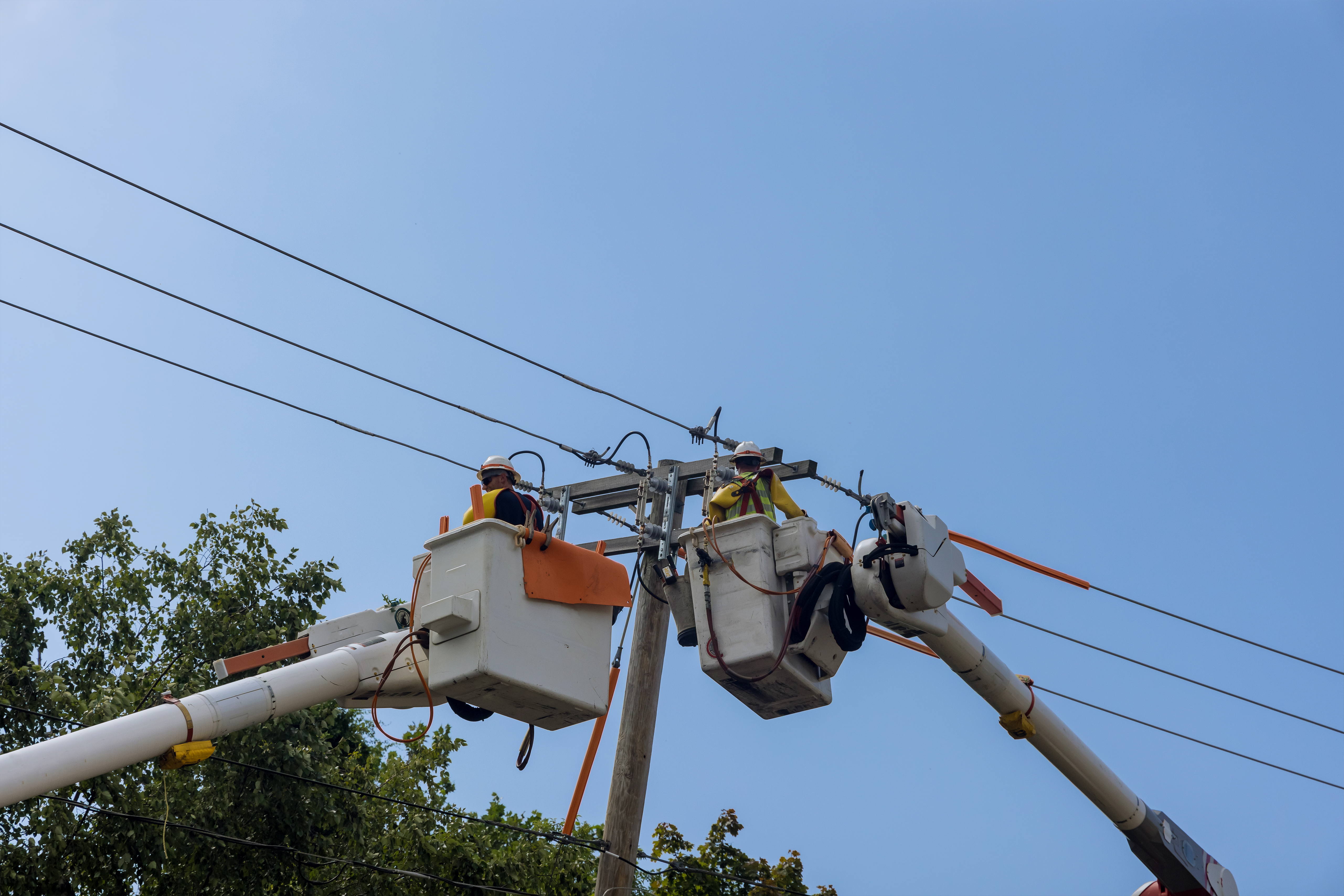
DOT regulations exist to protect people, property, and the environment. For anyone transporting transformers—especially those containing oil or PCBs—compliance starts with choosing the right containment solution. Using DOT approved containment bags not only protects against legal risk but also helps your team operate safely, efficiently, and responsibly. At ABG Bag Inc., we specialize in providing rugged, reliable containment solutions for the full range of transformer types and transportation scenarios. Whether you need a field-ready transformer spill containment product, a high-capacity transformer oil containment bag, or custom-sized bags for utility or industrial use, our experts are here to help.
Call us today at 800-758-8079 or contact ABG Bag Inc. using the form below to request a quote, ask questions about DOT compliance, or discuss your specific transformer transport needs.
For inquiries about our products, order status, or any other information related to ABG, send us a message, and we will respond soon.
Sales & Customer Care
Product Questions
Adding {{itemName}} to cart
Added {{itemName}} to cart